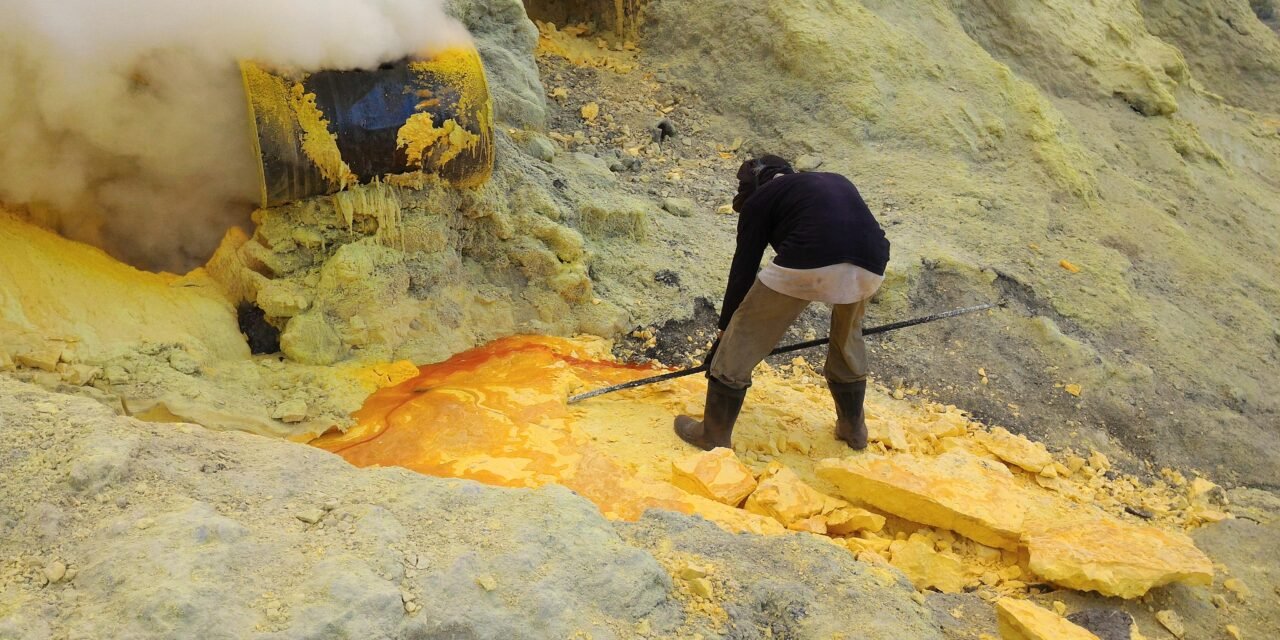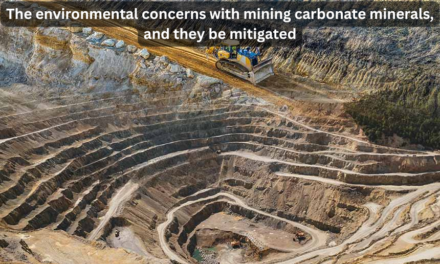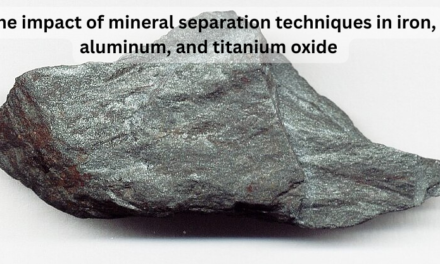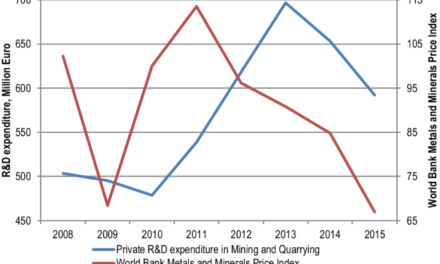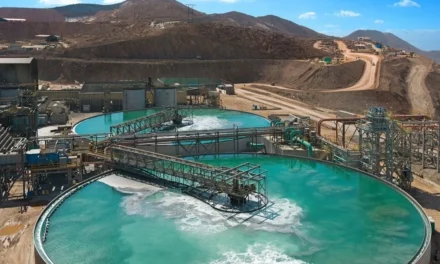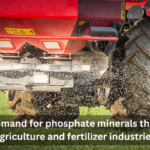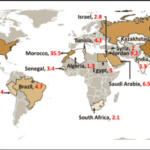Mining oxide minerals presents unique challenges compared to other mineral groups like sulfide and silicate minerals. These challenges arise from differences in mineral composition, extraction processes, and environmental considerations. Below are some of the key challenges of mining oxide minerals:
1. Extraction and Processing Complexity
- Oxide Minerals:
- Oxide minerals are generally more stable and require higher energy or advanced techniques for extraction. For example, ores like hematite (iron oxide) or bauxite (aluminum oxide) need to be processed using smelting or hydrometallurgical methods like the Bayer process for aluminum production.
- Smelting involves high temperatures to extract metal from oxide ores (e.g., hematite), which increases operational costs.
- Sulfide and Silicate Minerals:
- Sulfide ores, like chalcopyrite (copper ore), can often be processed more directly via roasting or flotation to concentrate the metals before smelting. These methods are usually less energy-intensive compared to the high-temperature processes required for oxide ores.
- Silicate ores, while requiring crushing and grinding, tend to be more stable and may involve simpler processes like flotation or leaching in cases of copper and gold extraction.
2. Energy and Cost of Processing
- Oxide Minerals:
- Extracting metals from oxide minerals often requires more energy due to high-temperature smelting or extensive chemical processing. For example, the extraction of aluminum from bauxite involves first refining it to alumina and then smelting alumina to obtain aluminum metal, which is energy-intensive.
- Iron extraction from hematite requires blast furnace smelting, where the iron oxide is reduced by carbon, generating carbon dioxide as a by-product.
- Sulfide and Silicate Minerals:
- Sulfide minerals (e.g., copper, lead) are usually easier to process compared to oxide ores, as they can undergo roasting or flotation, requiring relatively lower energy inputs. Silicate ores, like quartz or feldspar, also generally require less intensive processing compared to oxides.
3. Environmental Considerations
- Oxide Minerals:
- While oxide minerals are generally less reactive than sulfides, the processes used to extract them can still have significant environmental impacts. For example:
- Bauxite mining for aluminum often results in land degradation and the creation of large amounts of bauxite residue (red mud), which contains high levels of alkaline chemicals and requires special disposal methods.
- The smelting process of hematite (iron oxide) and other metal extraction processes produce large amounts of carbon dioxide and other emissions contributing to air pollution.
- While oxide minerals are generally less reactive than sulfides, the processes used to extract them can still have significant environmental impacts. For example:
- Sulfide and Silicate Minerals:
- Sulfide ores are more prone to causing acid mine drainage (AMD), which results from the oxidation of sulfide minerals like pyrite (iron sulfide) in the presence of water and oxygen. This leads to the formation of sulfuric acid and leaching of heavy metals into the environment, creating severe water pollution challenges.
- Silicate ores are generally less prone to such environmental problems and can be less damaging, but they still generate large amounts of tailings and waste, especially in large-scale operations.
4. Mining and Resource Availability
- Oxide Minerals:
- Many oxide minerals are found in weathered zones or secondary deposits, such as in lateritic soils or supergene zones, where primary mineralization has undergone weathering and alteration. These deposits are often located near the surface but can be difficult to mine economically as they may be dispersed over large areas or in lower concentrations.
- Sulfide and Silicate Minerals:
- Sulfide ores are often found in concentrated primary deposits and may be easier to mine in terms of ore body definition and grade. These deposits are typically more compact, allowing for more efficient extraction.
- Silicate ores, while abundant, often require complex processing due to their low metal content and the fact that they are typically part of larger, low-grade ore bodies.
5. Ore Grade and Metal Recovery
- Oxide Minerals:
- Oxide ores are often low-grade compared to sulfide ores, meaning they contain less metal per ton of ore. This makes them more expensive to mine and process because more ore needs to be extracted and processed to obtain the same amount of metal.
- Oxide ores can also present challenges in metal recovery since the metals are often more tightly bound in the oxide form, requiring more intensive treatment.
- Sulfide and Silicate Minerals:
- Sulfide ores typically have higher grades and better metal recovery rates, making them more efficient to mine. Metals are often in a more concentrated and accessible form.
- Silicate ores may have lower recovery rates due to their lack of metal concentration and the complex nature of extracting metals from silicate matrices.
6. Difficulty in Separation
- Oxide Minerals:
- Extracting metals from oxide minerals often requires the removal of impurities (such as silica, clays, and other minerals) during processing, which can complicate the extraction process. Bauxite, for instance, requires high-pressure processing to remove iron and other impurities before aluminum can be extracted.
- In some cases, oxide minerals like manganese or chromium require special chemical leaching or hydrometallurgical processes, adding complexity and cost to extraction.
- Sulfide and Silicate Minerals:
- Sulfide ores generally require less complex separation techniques like flotation, which can be more straightforward and cost-effective.
- Silicate minerals, though challenging to process, often involve methods like gravity separation and flotation, which are effective for certain types of ores, particularly when the valuable metal is relatively high in concentration.
Conclusion
Mining and processing oxide minerals come with unique challenges, especially related to high processing costs, energy consumption, and environmental impacts associated with extraction methods like smelting and hydrometallurgy. Oxide ores often require more complex methods, such as smelting for iron or aluminum production, which is more energy-intensive than processing sulfide ores. While sulfide minerals may be easier and cheaper to process with more efficient metal recovery, they can lead to acid mine drainage and significant environmental impacts. Silicate minerals, on the other hand, tend to require more complex separation methods but have fewer direct environmental concerns related to sulfur or acid formation. Overall, the challenges of oxide mineral mining are primarily related to their processing and environmental footprint, but they remain vital for industries like steel, aluminum, and rare metal production.

